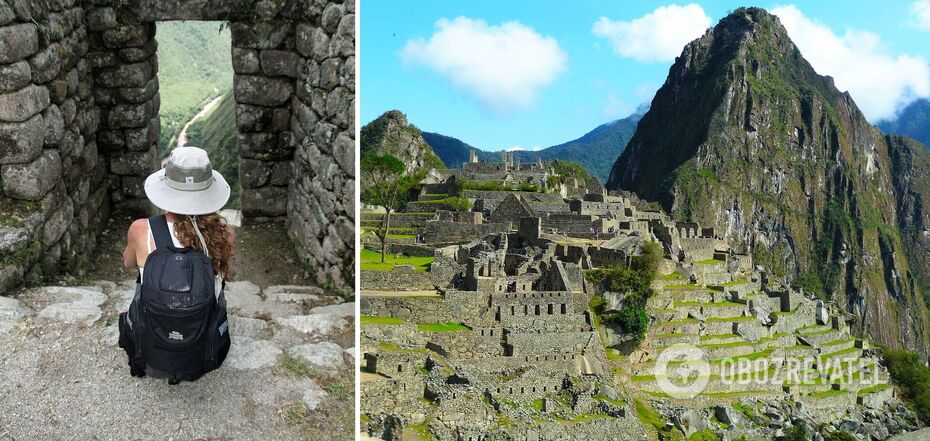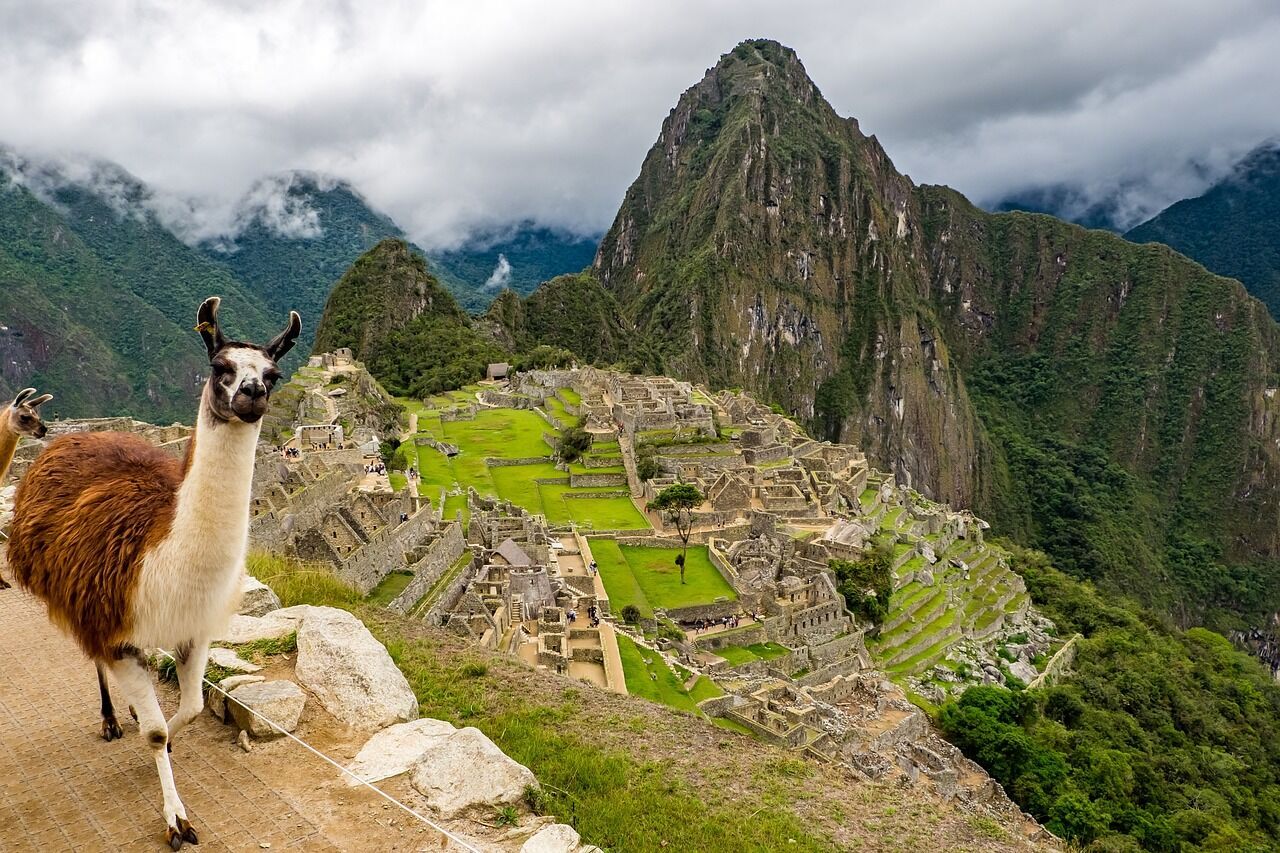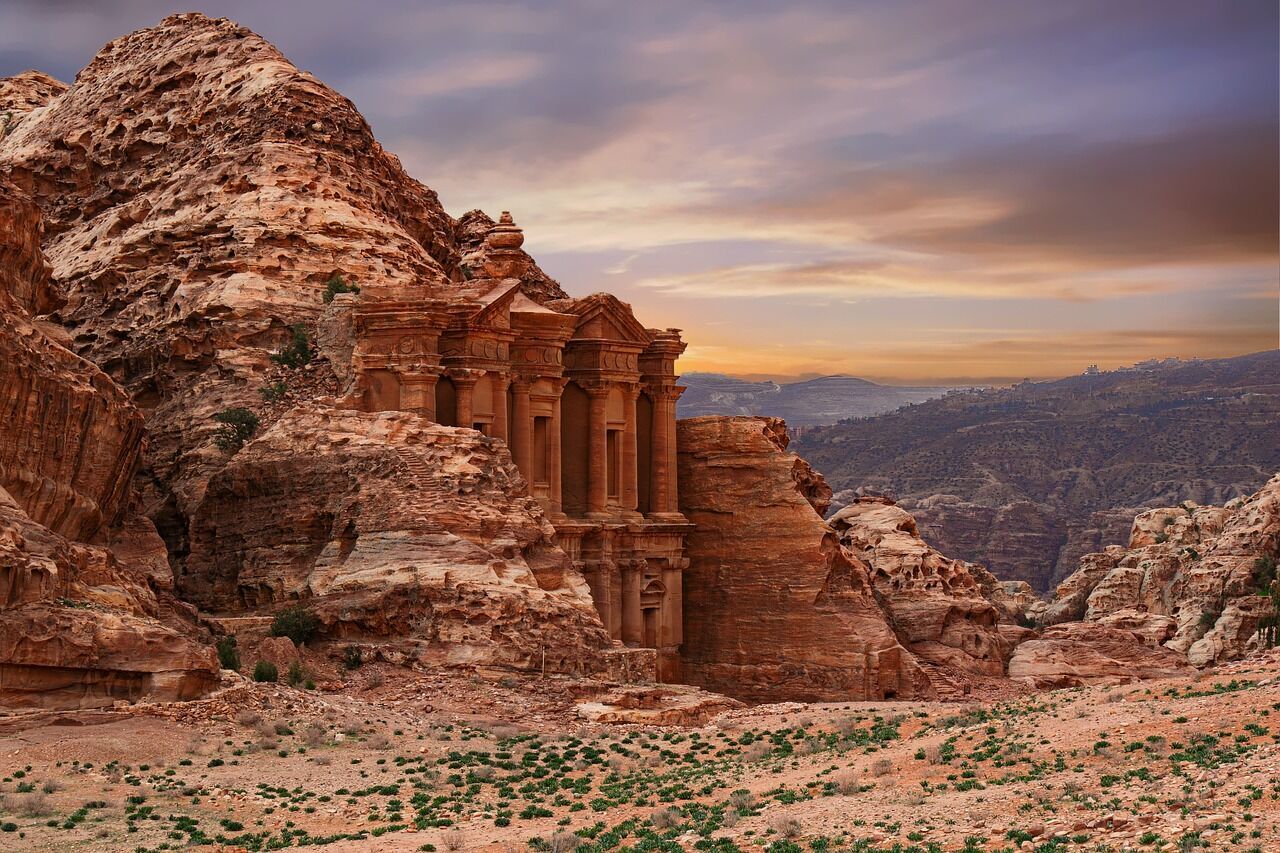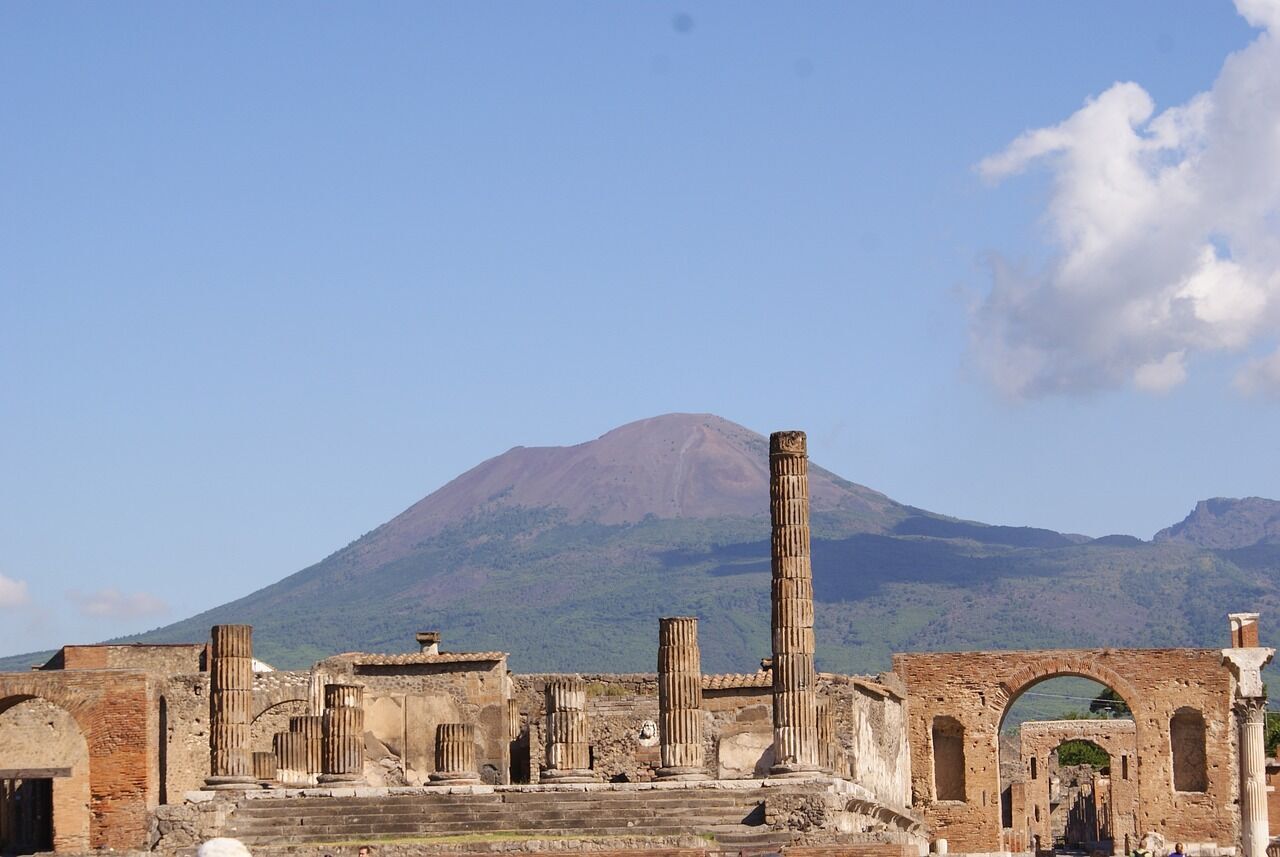Life
5 mysterious cities, the secrets of which no one has solved so far
The history of mankind goes back millions of years. The remains of ancient civilizations have survived in lonely artifacts and entire cities. Despite the progress of science and technology, the mysteries of some settlements still remain unsolved. Millennia later, they stand before us as silent witnesses to the past, unwilling to reveal their secrets.
Machu Picchu, Peru
One of the world's greatest archaeological treasures is located in the heart of the Andes. The majestic Inca city, built on sheer cliffs and surrounded by tropical forests, is stunning in its beauty and mystery.
The main secret of this place is its purpose. Some scholars believe that Machu Picchu was the residence of an Inca emperor, while others see it as a sacred temple or an observatory for capturing astronomical phenomena.
Take a tour of the settlement and immerse yourself in the world of ancient Inca culture. Spend time exploring temples, palaces and residences. The exotic tropical forest and lush mountain scenery will enchant you with its beauty.
An interesting fact: the stones from which the village is built, are chiseled so expertly that no additional materials were used for construction. The local structures can even withstand earthquakes.
Petra, Jordan
There is a legend that it was in this ancient settlement in the middle of the desert that Moses extracted water from the rock. The first name of the settlement was Selah, which means "stone," and it was later called Petra by the Greeks.
Researchers are still puzzling over the intricate system of water supply. How did they manage to supply such a large city with water in the arid desert?
Walk among the stone temples and try to unravel the mysteries of the ancient tombs. You will get an unforgettable experience of natural gorges and extraterrestrial landscapes.
An interesting fact: the settlement is literally carved into the rocks. Due to the unusual composition of the rock, the city is constantly changing color, becoming pink in the evening.
Göbekli Tepe, Turkey
One of the largest archaeological finds in the world is in Anatolia in southeastern Turkey. The temple complex is about 12,000 years old.
95% of the city has not yet been explored, because everything is still underground. Scientists still can't agree on the origin of these structures, some mystics even put forward the hypothesis of extraterrestrial colonizers. But the main mystery remains the cause of the decline of the settlement. What made the ancient civilization to leave such an advanced territory?
In Göbekle Tepe you will touch history. Explore the stone pillars with elaborately made animal images or ponder on the purpose of this place: was it created for rituals and ceremonies or maybe it served as a meeting place for unknown communities?
An interesting fact: the settlement was intentionally covered with sand in the 8th millennium B.C. It "slept" for 9.5 thousand years under the hill of Gobekli Tepe, 15 meters high and about 300 meters in diameter.
Pompeii, Italy
A world-famous town in southern Italy that suffered an evil fate. During the eruption of Vesuvius in 79 A.D., lava completely consumed the settlement, but instead of destroying it, it preserved the local inhabitants' household items intact for centuries.
Excavations have uncovered streets, houses, forums and even temples, providing unique insights into Roman culture of the period. In the process of research, secret rooms have been found which have given rise to many debates on their purpose: were they used for religious ceremonies, secret meetings, or as an asylum? The question remains unsolved.
A visit to Pompeii will allow you to see detailed mosaics and frescoes, explore everyday objects of the time and works of art that amaze with their beauty and elegance. You will be surprised by the infrastructure of the ancient city.
Interesting fact: there is a detailed description of the fateful eruption, which was witnessed by Pliny the Younger, an ancient Roman politician and poet who observed the catastrophe from a considerable distance. By the way, Vesuvius is the only volcano on the European continent that is still active.
Dwarka, India
According to legend, Krishna ordered the construction of a new capital for his Kingdom, thus the city of Dwarka appeared in one night. It existed for over 10 millennia and was swallowed by the sea on the seventh day after the King's death.
The ruins, located at a depth of 40 meters, surprised scientists. It turned out that the buildings are at least 5 thousand years older than other finds in the region. This indicates a much longer history of civilization than previously thought.
Walls, tiled roads, and many limestone sculptures were discovered during the research, but no complete houses could be found.
An interesting fact: it is believed that the city was submerged during the Last Glacial Period, when the Arctic ice began to melt.
Despite the efforts of researchers and scientists, ancient civilizations have left us a lot of mysteries, over the solution of which mankind will fight for more than one year.
Earlier OBOZREVATEL told why so many tourists annually visit the ancient city of Machu Picchu.
Only verified information in our Telegram channel Obozrevatel and Viber. Do not be fooled by fakes!
































